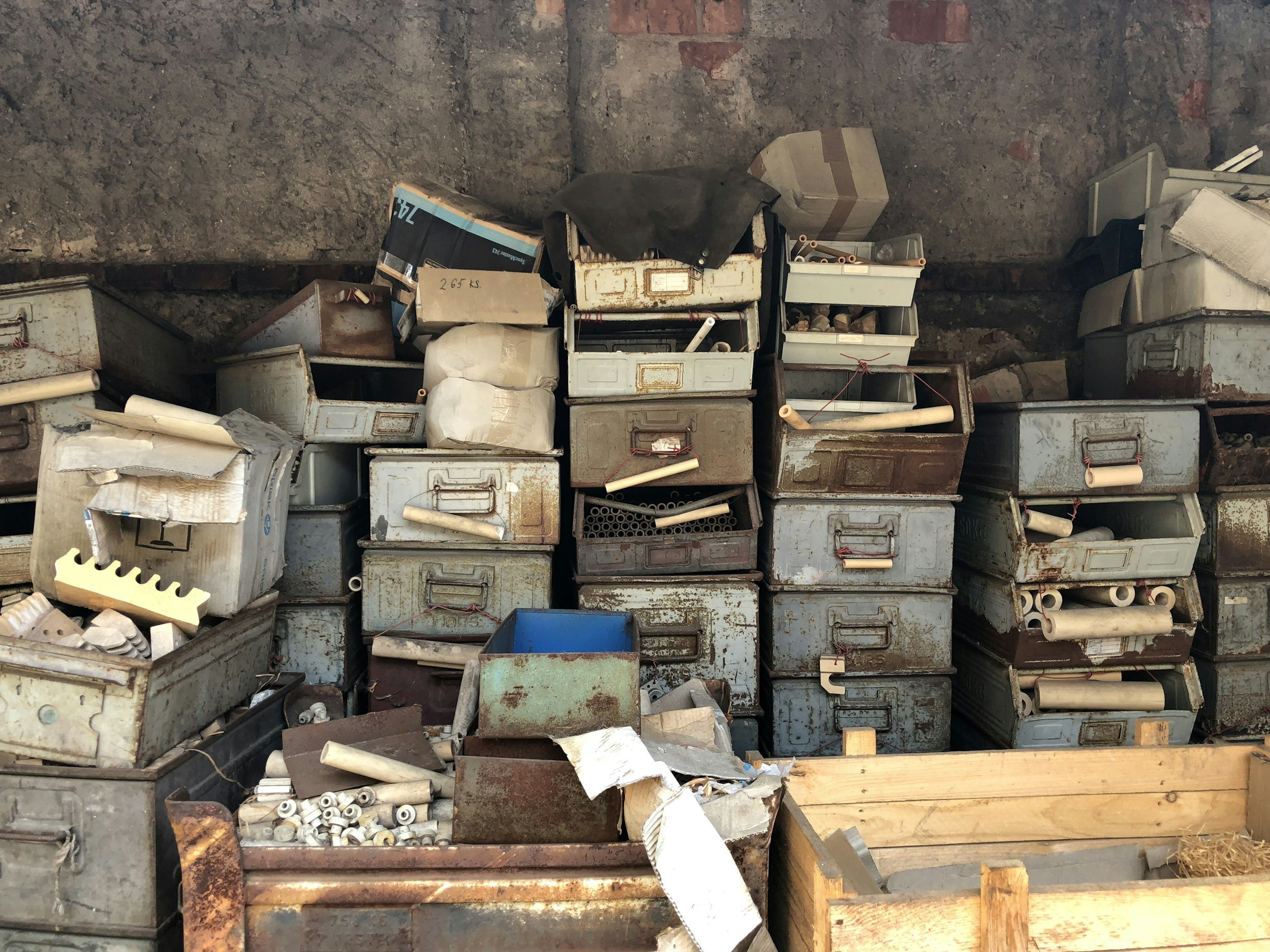What is “Building and Material Reuse”?
Building and Material Reuse is one of LEED’s V5 credits to encourage projects to use reused materials.
Why is material reuse critical for helping our environment?
According to the UN’s report, the building and construction sector accounts for approximately 37% of embodied CO2 emissions, which will leave it off track to achieve decarbonization by 2050.
What are those approaches to implement the Material Reuse credit?
There are two ways to achieve this credit. The first method is to reuse the existing building; the second method is to use the salvaged material.
In the event of using an existing building to meet the credit requirement, the project planner first needs to distinguish whether the building is a historic building. If the building is considered a historic building, then follow the guidelines of historic building reuse. That includes: preservation, restoration, rehabilitation, and reconstruction.
If the building is deemed a blighted or abandoned building, then the project planner shall proceed with building LEED v5’s material reuse. Reuse at least 15% of the targeted material will get 1 point, reuse at least 30% targeted material will gain 2 points for the project.
What are the differences between recycled content and reused material?
The difference between these two categories is that “recycling” involves breaking down materials into their raw components to create a new product. However, “reusing” is to apply the salvaged item again for the same or other purpose without altering its form. When counting the credit points, the recycled content is the sum of post-consumer recycled content plus one-half the pre-consumer recycled content, based on cost. The “reuse” content measures the amount of reused type material divided by the amount of the type of material in the project scope.
What are the tips for using targeted material?
Targeted reuse material is counted for its surface area, linear feet, or by weight. Therefore, it is a better practice to use salvaged material for the project built on the same site. Ensure the site has enough onsite space to store the salvaged material by categories and utilize them when needed in the project.
What is a blighted and abandoned building?
A blighted building is a building that is neglected, rundown, or deteriorated, sufficient to constitute a threat to human health, safety, and welfare. On the other hand, the abandoned building means the rights of the building have been surrendered, relinquished, or ceded voluntarily with no intention of reclaiming it.

